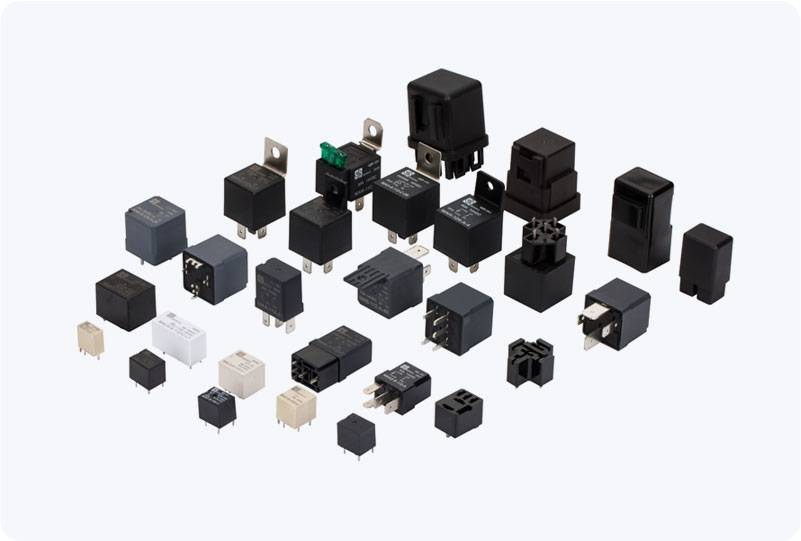understanding the electromechanical switch: a key component in modern electronics
Release time:2025-04-28 00:39:36
An electromechanical switch is a fundamental component in modern electronic devices, playing a crucial role in controlling the flow of electricity. This type of switch combines both electrical and mechanical processes to enable or interrupt the flow of current within a circuit. In this article, we will explore the design, functioning, applications, and advantages of electromechanical switches, highlighting their importance in various industries.

What is an Electromechanical Switch?
At its core, an electromechanical switch is a device that opens or closes an electrical circuit through a mechanical action. It typically consists of two primary parts: a set of electrical contacts and a mechanism to actuate these contacts. When the switch is engaged, the electrical contacts either connect or disconnect, allowing or stopping the flow of current. The actuation is often performed manually (as in the case of a traditional light switch) or automatically (in devices like relays).
The key difference between electromechanical switches and purely electronic switches is the involvement of physical movement. The mechanical components in electromechanical switches provide a tactile feedback, making them ideal for applications where human interaction is needed. In contrast, electronic switches rely on semiconductor technology and do not involve physical movement.

